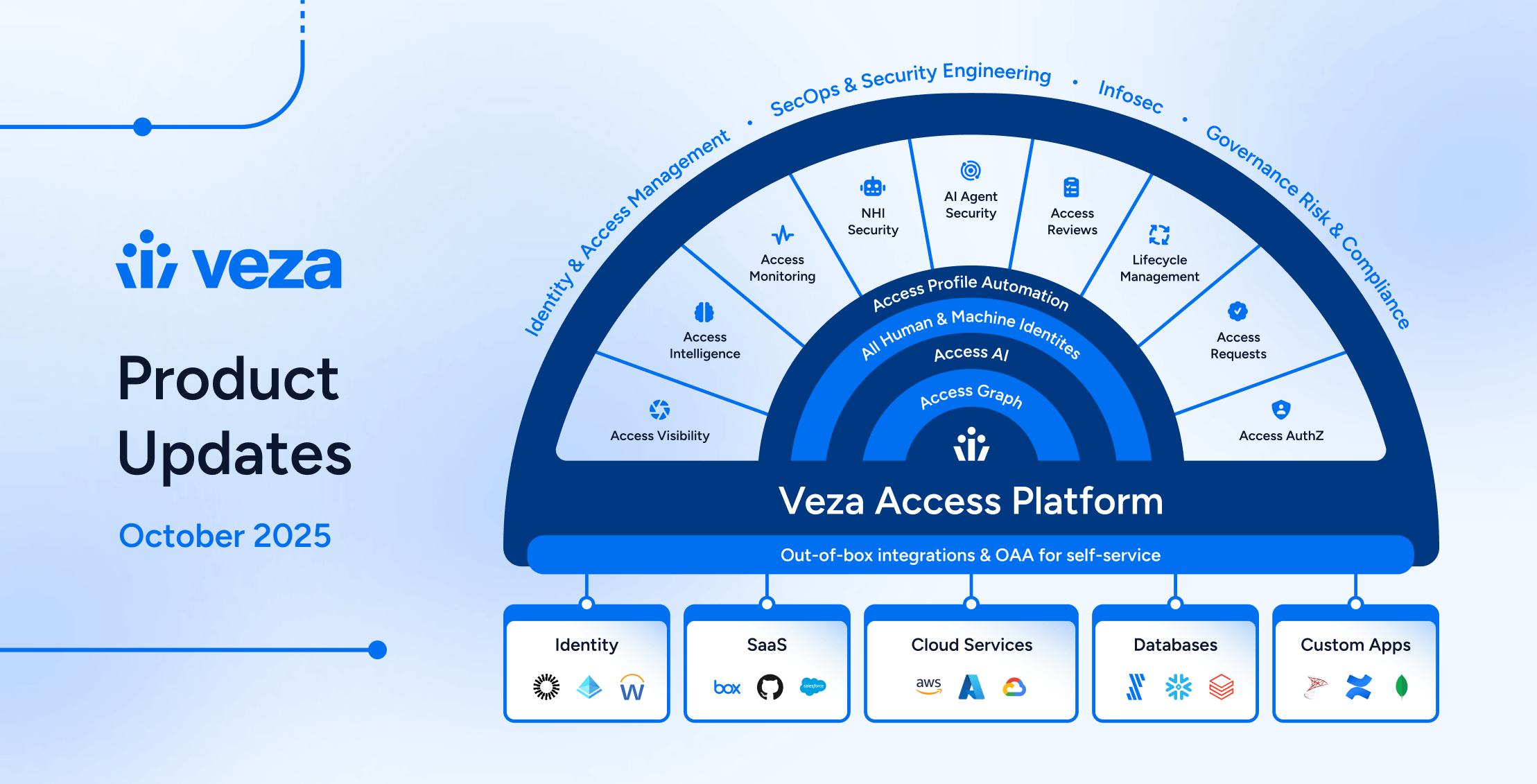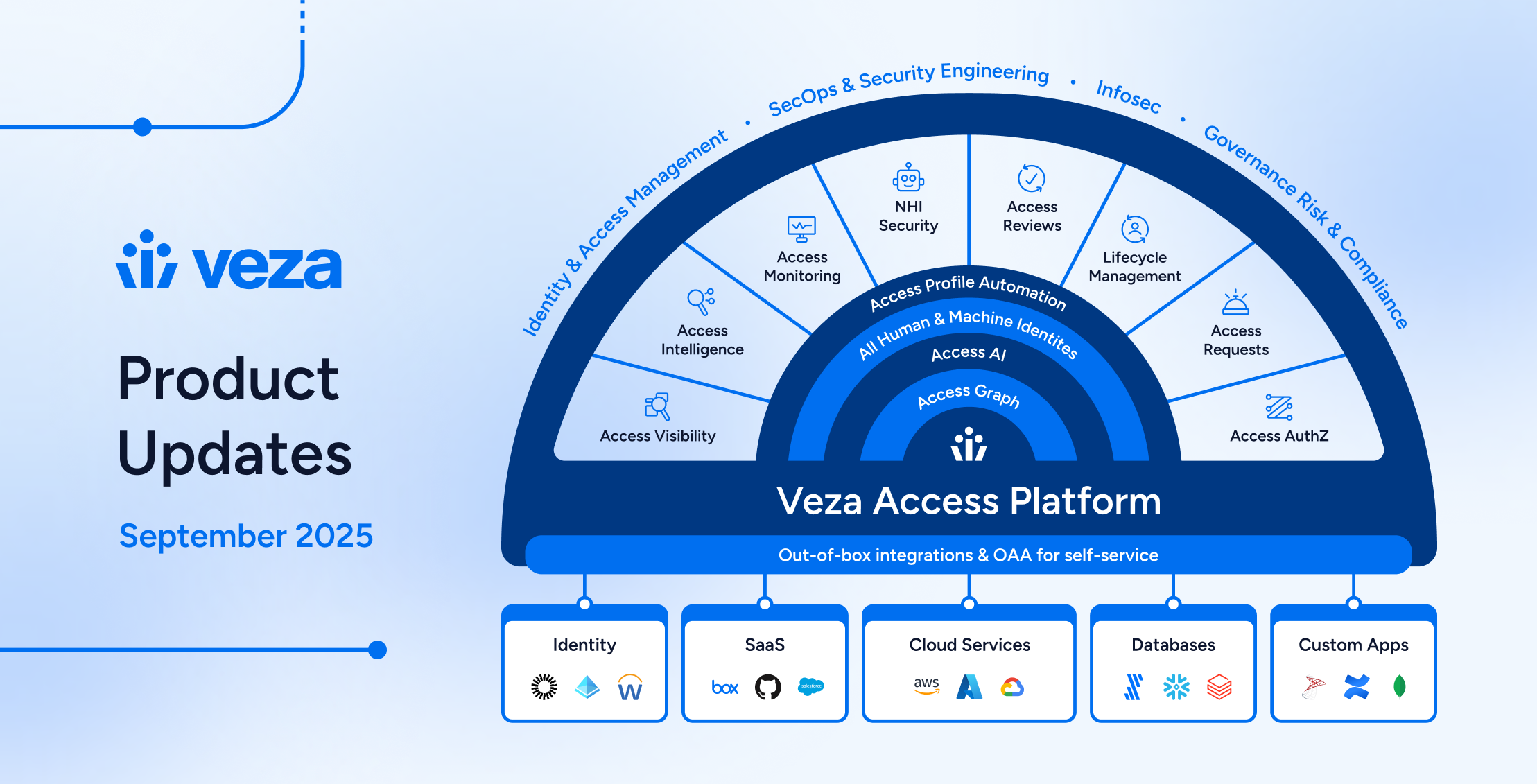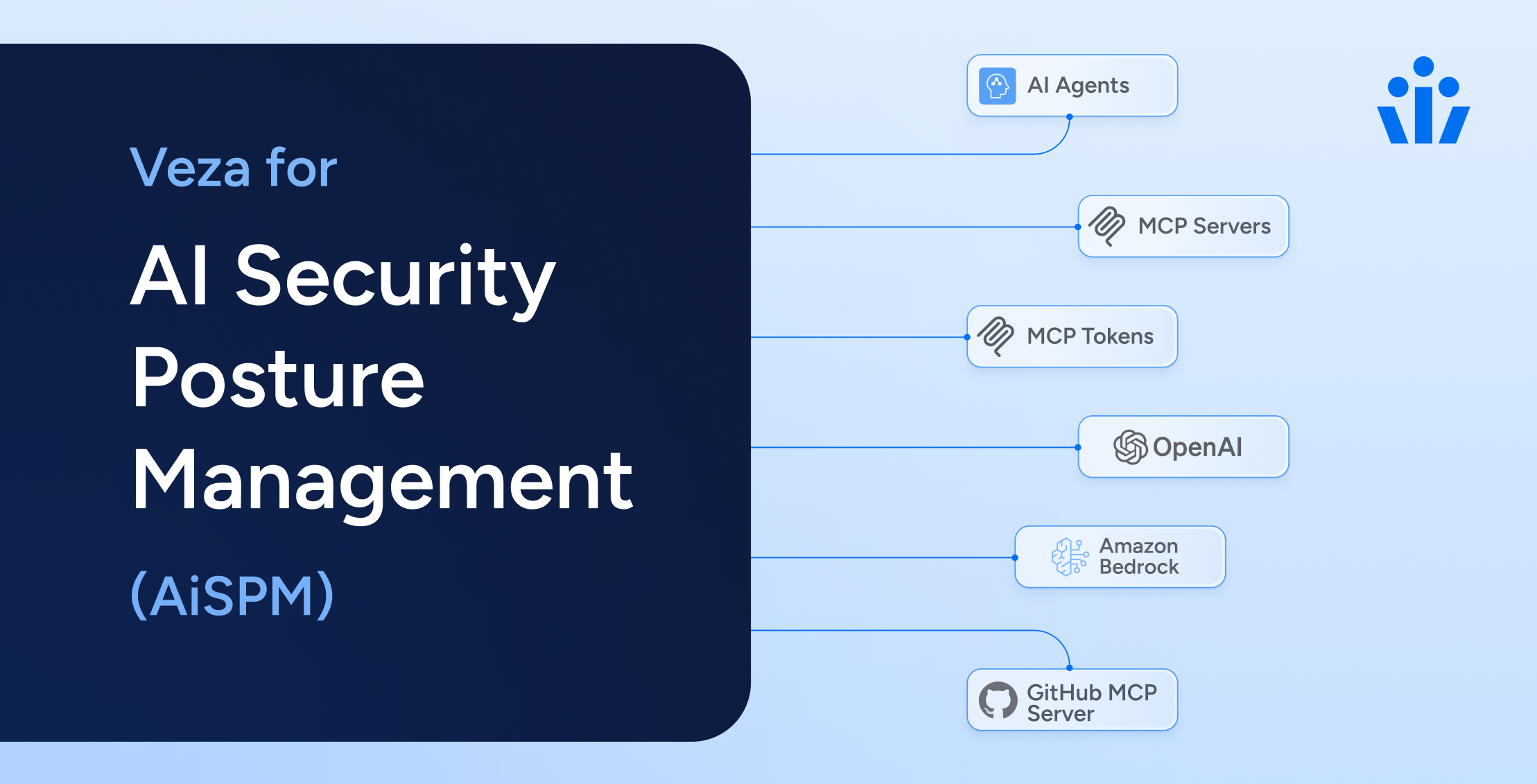
Over the past few weeks, we have seen Microsoft’s digital identity and credential systems scrutinized by the Cybersecurity and Infrastructure Security Agency (CISA), and learned that the Change Healthcare attackers were able to deploy destructive ransomware due to compromised credentials and an application that did not require multi-factor authentication (MFA). In the case of Change, the attack is estimated to cost the company up to $1.6 billion, and they provided an update that attackers gained access to “files containing protected health information (PHI) or personally identifiable information (PII), which could cover a substantial proportion of people in America.”
Breaches and security incidents are going to happen — attackers are beyond relentless. But it’s important that we don’t let the high-profile headlines pass us by. As security and trust leaders, we must learn from these incidents to not only defend against threats but also to actively shape a future that enables our organizations to thrive in a secure and resilient manner. A key theme that has been building up for a while, and is now abundantly clear, is that traditional approaches to securing identities are fundamentally broken.
How we got here
The digital landscape is evolving at an unprecedented pace, and traditional identity and access management (IAM) solutions are struggling to keep up. Designed over 15 years ago to address the needs of a bygone era, these legacy systems are ill-equipped to handle the complexities of today’s hybrid, multi-cloud world. As organizations embrace cloud computing, SaaS applications, and distributed workforces, the limitations of these antiquated IAM systems have become increasingly apparent. Moreover, the explosion of data and the growing reliance on data-driven decision-making have further challenged the original paradigms and operating principles upon which these systems were built.
Data has become the lifeblood of modern organizations, fueling innovation, guiding strategic decisions, and enabling competitive advantage. However, with this rapid proliferation of data comes an increased responsibility to protect it from unauthorized access and misuse. Legacy IAM solutions, designed to manage access to a relatively small number of on-premises applications and resources, are inadequate for the task of securing the vast amounts of data now scattered across countless cloud platforms, SaaS applications, and data repositories.
New technologies require new solutions and a new mindset
This is not just a technology issue. The shift towards Identity Security represents a fundamental change in mindset and priorities. IAM solutions were developed and deployed to address service levels, operational efficiency, and workflows. While these aspects remain important, they are no longer sufficient in the face of today’s cyber threats and the critical need to protect sensitive data. Identity Security is now a necessity to ensure the principle of least privilege, continuously monitor for anomalous activities, and maintain compliance with ever-changing regulations.
For many organizations, this shift has also triggered organizational tensions and operating model pressures. IAM, which was once primarily staffed within IT infrastructure or even service desk teams, has moved under the purview of security teams. This transition underscores the growing recognition that Identity Security is not merely an operational concern, but a critical component of an organization’s overall business strategy.
The stakes are too high to continue relying on legacy IAM systems and hoping for the best. Cyber threats are evolving at an alarming rate, targeting vulnerable access points and exploiting over-provisioned permissions. The consequences of a data breach can be devastating, ranging from financial losses to irreparable damage to an organization’s reputation. It is clear that the industry must take decisive action to address these risks head-on.
The path forward
The path forward lies in embracing a new paradigm: identity security with intelligent access. This approach goes beyond traditional IAM solutions by leveraging advanced technologies and principles to provide organizations with the visibility, control, and adaptability they need to effectively manage identities and protect their data in today’s complex environments.
At its core, identity security with intelligent access is grounded in three key principles:
- Comprehensive Visibility: Organizations must have a unified view of all identities (human and non-human), permissions, and data access across their entire ecosystem. This holistic visibility enables them to identify and mitigate risks proactively, ensuring that the right people have access to the right resources at the right time.
- Continuous Monitoring and Adaptation: In a world where threats are constantly evolving, organizations must adopt a proactive stance. By continuously monitoring for anomalous activities and adapting access policies in real-time, they can stay one step ahead of potential breaches and maintain a robust security posture.
- Scalable and Flexible Control: As organizations grow and their needs change, their identity security solutions must be able to scale and adapt seamlessly. By implementing flexible, policy-driven access controls that can be easily modified and extended, organizations can ensure that their security framework remains effective and aligned with their business objectives.
By embracing these principles of identity security with intelligent access, organizations can take a significant leap forward in their journey towards a more secure, agile, and resilient future. However, this transformation cannot be achieved in isolation. The industry as a whole must come together to drive this change, collaborating to develop standards, best practices, and innovative solutions that enable organizations to secure their identities, permissions, and data in the face of an ever-evolving threat landscape.
The call to action is clear: it is time for the industry to embrace a new mindset and prioritize identity security. We must move beyond incremental improvements that legacy IAM systems have brought and embrace a fundamental shift in how we manage identities, permissions, and access across the enterprise, with a laser focus on protecting the data that drives our businesses.
Veza is at the forefront of this transformative journey, empowering organizations to confidently navigate the intricacies of the modern identity and data landscape. However, the path to identity security extends beyond mere technology. It necessitates a fundamental shift in mindset, prioritizing the safeguarding of our most precious assets: our identities and data. We must act now and work together to create a future where organizations can innovate and grow with confidence, knowing that their identities and data are protected by a robust, modern approach to identity security. Together, let us embrace this opportunity to redefine the very essence of how we protect and manage our digital identities and data.





